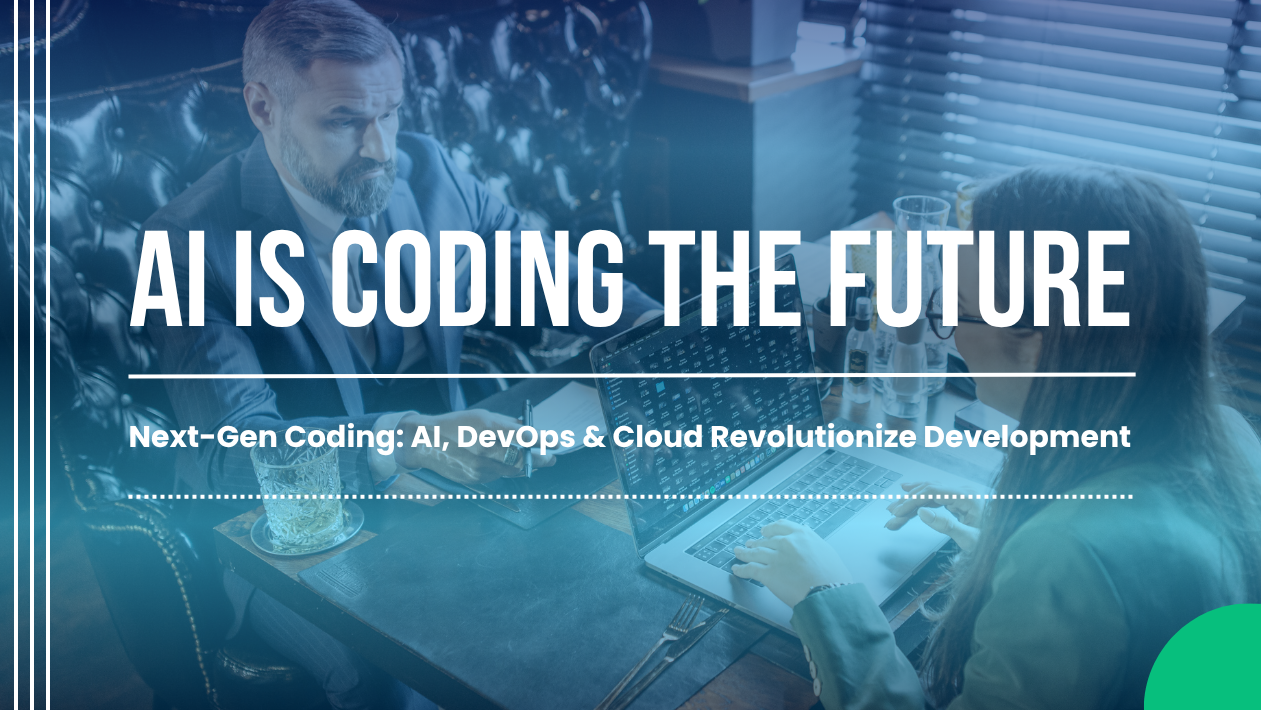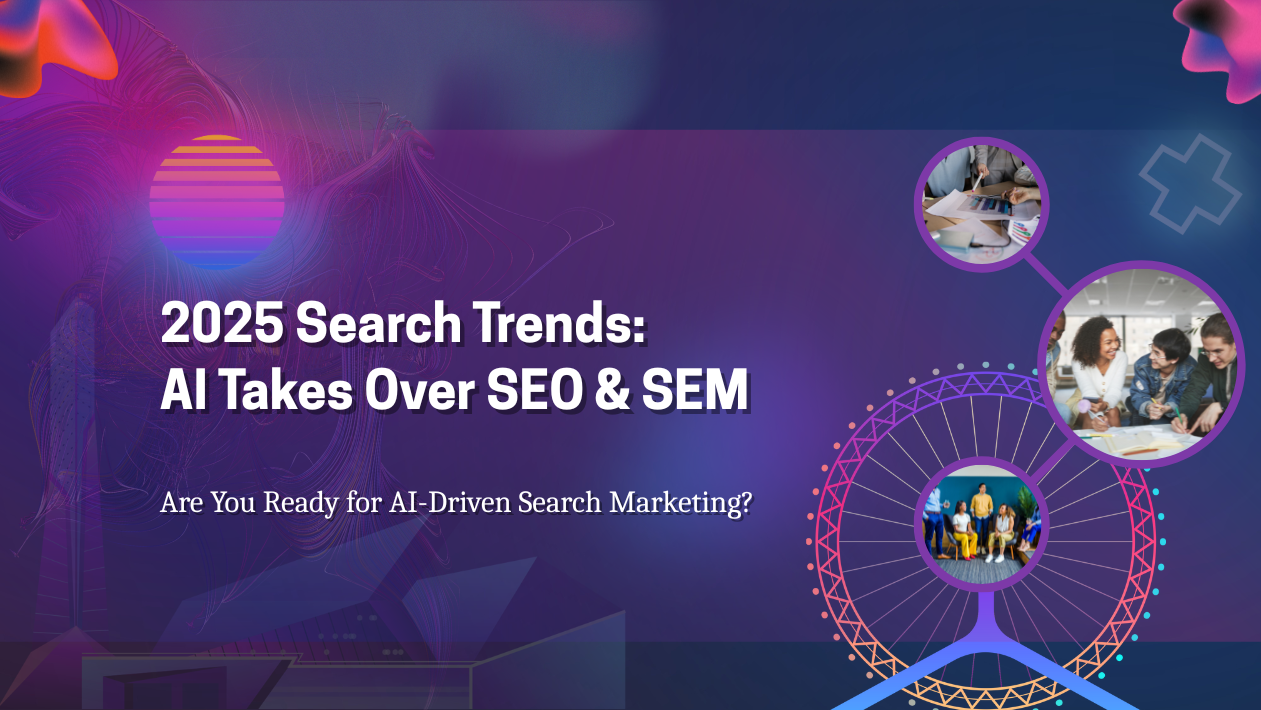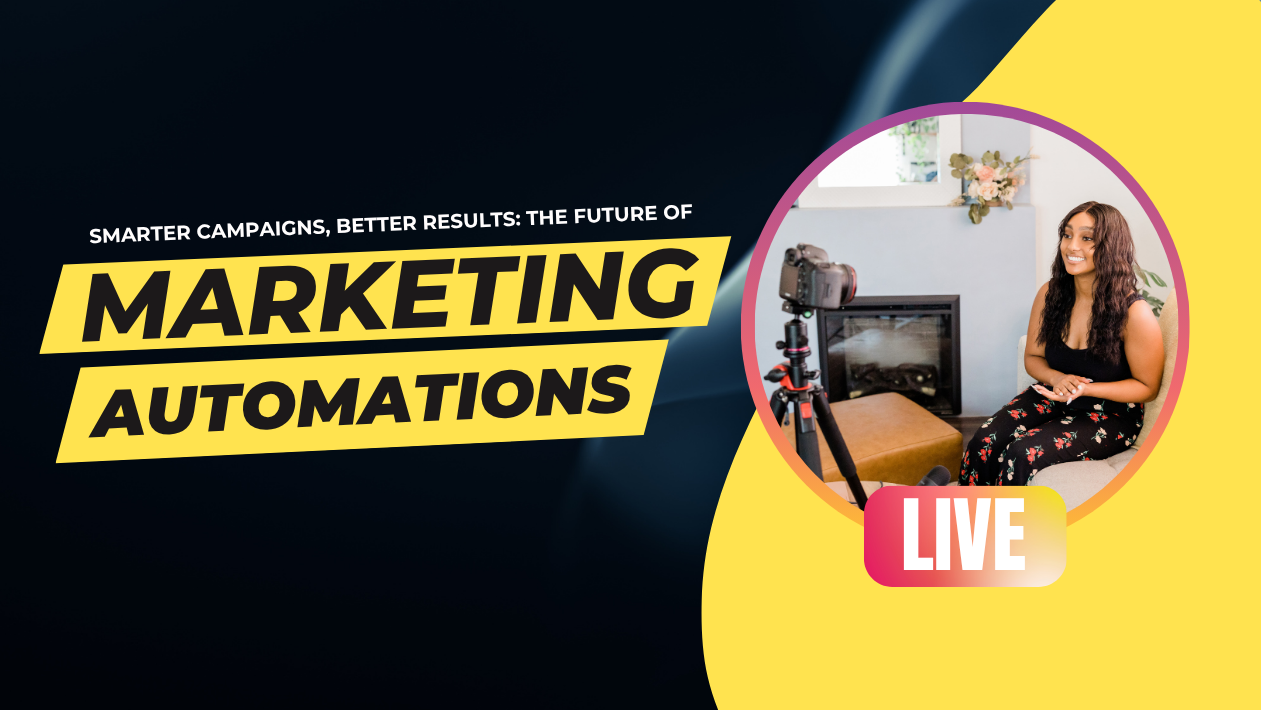In 2025, Data & Analytics has become the core engine behind strategic decision-making across industries. With the convergence of real-time analytics, generative AI, and privacy-first data governance, organizations are transforming raw data into actionable, predictive, and even autonomous business insights.
According to IDC, global investment in data infrastructure and analytics platforms is expected to surpass $350 billion by the end of 2025, signaling its central role in digital transformation.
Real-Time Data Drives Operational Intelligence
The rise of edge computing and event stream processing enables businesses to analyze data as it’s generated—from IoT sensors, mobile apps, and connected devices.
Retailers, for example, use real-time analytics to optimize inventory; manufacturers monitor predictive maintenance; and banks detect fraud within seconds.
Generative AI Unlocks New Analytical Capabilities
The integration of Generative AI with BI tools is revolutionizing how insights are produced and consumed. Platforms like Tableau GPT, Microsoft Fabric, and ThoughtSpot Sage now generate natural-language summaries, visualizations, and automated reports, allowing business users to ask complex questions and get instant insights—no code required.
Data Democratization Expands Across Organizations
Self-service analytics tools are empowering non-technical teams—from marketing to HR—to make data-driven decisions. Organizations are embracing data literacy programs to upskill staff and embed data fluency into daily workflows.
The role of the citizen data analyst is growing, reducing the burden on centralized IT and accelerating agility.
Privacy-First Analytics Gains Momentum
With increasing global regulation (like GDPR 2.0, India’s DPDP Act, and U.S. state-level privacy laws), organizations are moving toward zero-trust data environments, differential privacy models, and data clean rooms.
Companies are leveraging privacy-preserving computation techniques such as federated learning and homomorphic encryption to ensure insights can be extracted without compromising user data.
Predictive and Prescriptive Analytics Mature
Organizations are advancing beyond descriptive dashboards to predictive (what will happen) and prescriptive (what to do about it) analytics. In healthcare, predictive models are forecasting patient risks; in finance, they are detecting market anomalies; and in logistics, they’re optimizing routes in real time.
Data Fabric and Mesh Architectures Scale Enterprise Insights
To unify siloed data, enterprises are adopting data mesh and data fabric frameworks—combining decentralized ownership with centralized governance. This architecture supports faster data delivery, reuse, and consistency across global business units.
Looking Ahead: Autonomous Analytics and Ethical AI
The future of analytics lies in autonomous systems that don’t just interpret data, but take action—like reallocating budgets, adjusting supply chains, or triggering marketing campaigns—while maintaining ethical guardrails and transparency.





